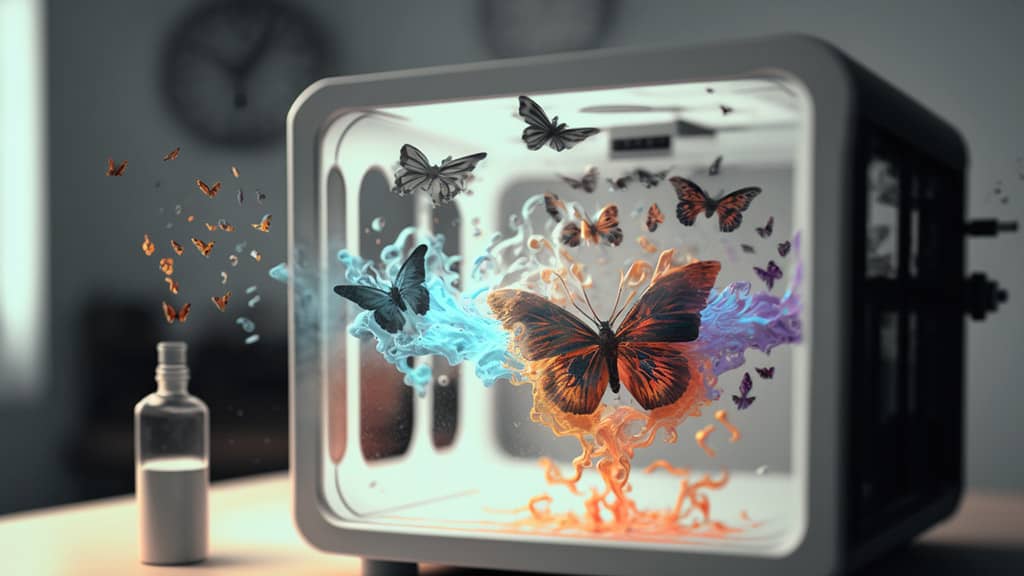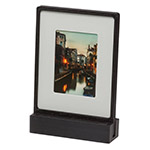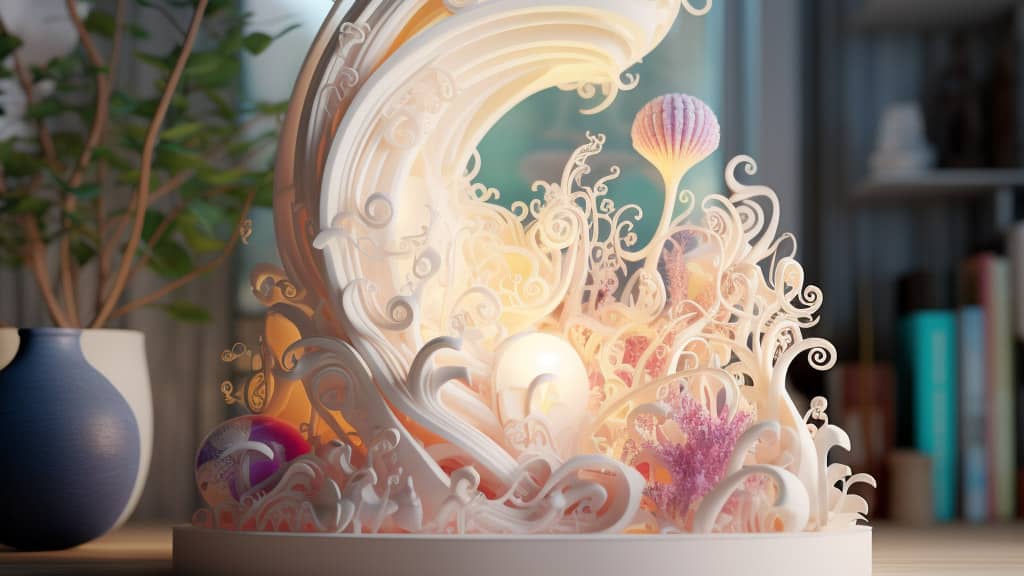The integration of 3D printing technology in the art world has opened up new possibilities for artists to create unique and intricate pieces of art that were previously impossible to make. With the use of computer-aided design (CAD) software, artists and designers can create 3D models of their work, which can then be 3D printed into physical sculptures, installations, and other works of art. In this article, we will explore some of the most outstanding examples of 3D printed sculptures, installations, and other works of art.
Intricate sculptures:
One of the most prominent examples of 3D printed sculptures is the work of Eric van Straaten, a Dutch artist who uses 3D printing to create intricate and detailed sculptures. His work, which often takes inspiration from nature, consists of various organic shapes and patterns that would be difficult to create using traditional sculpting techniques. Van Straaten’s work showcases the unique possibilities of 3D printing in creating complex and intricate sculptures.
Architectural installations:
3D printing has also been used to create architectural installations, which showcase the ability of the technology to create large-scale structures. A great example of this is the 3D printed pavilion designed by the Chinese architecture firm, XtreeE. The pavilion was created using a 3D printing robot, which used concrete to create the structure. The pavilion demonstrates the unique possibilities of 3D printing in creating large-scale architectural installations that are not only functional but also visually stunning.
Jewelry and wearables:
3D printing technology has revolutionized the jewelry industry by allowing designers to create intricate and complex pieces that were previously impossible to make with traditional manufacturing techniques. With 3D printing, designers can create jewelry with a high level of detail and precision, as well as explore new forms and shapes.
One of the most significant advantages of 3D printing in the jewelry industry is the ability to create custom pieces quickly and easily. By using digital design tools, designers can create personalized jewelry that is tailored to the customer’s preferences and measurements. This level of customization was previously impossible with traditional manufacturing techniques.
3D printing has also made it easier for designers to experiment with new materials and production techniques. For example, some designers are using 3D printing to create jewelry made from non-traditional materials such as ceramics, nylon, and even recycled plastic. This allows for more sustainable and environmentally-friendly production methods.

In addition to jewelry, 3D printing is also being used to create wearable fashion pieces such as shoes and clothing. The fashion industry is exploring 3D printing as a means of creating unique and avant-garde pieces that push the boundaries of traditional fashion design.
Another advantage of 3D printing in the creation of wearables is the ability to produce them in small batches or even on-demand. This reduces waste and allows for a more sustainable production process, as designers can create pieces only when they are needed.
Overall, 3D printing has revolutionized the jewelry and wearable industry by allowing designers to create intricate and personalized pieces quickly and easily. The technology has also enabled designers to experiment with new materials and production methods and explore new forms and shapes. As the technology continues to advance, we can expect to see even more innovative and intricate designs being created using 3D printing.
Artistic collaborations:
3D printing has also enabled artists to collaborate on projects in ways that were not previously possible. One example of this is the collaboration between the artist Nick Ervinck and the Belgian 3D printing company, Materialise. Ervinck’s work often features organic shapes and forms, which were translated into 3D printed sculptures using Materialise’s technology. The collaboration demonstrates the unique possibilities of 3D printing in facilitating artistic collaborations.
In conclusion, the integration of 3D printing technology in the art world has opened up new possibilities for artists to create unique and intricate pieces of art that were previously impossible to make. The examples showcased in this article demonstrate the unique possibilities of 3D printing in creating complex and intricate sculptures, large-scale architectural installations, unique jewelry and wearables, and facilitating artistic collaborations. As the technology continues to advance, we can expect to see more innovative and complex designs being created using 3D printing. The future of 3D printing in the art world looks promising, and we can’t wait to see what new possibilities it will bring.
Let’s 3D print Eiffel Tower for fun
What you need to know about 3D print tolerance



